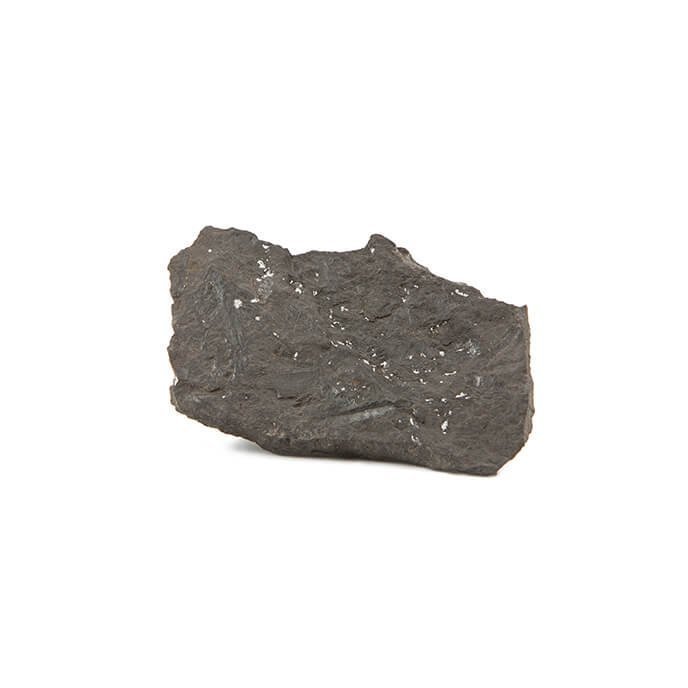Collections of the Idrija Municipal Museum
More than museum 23,000 items are arranged in 11 collections. We’ve picked the largest, the smallest, the oldest and the most interesting ones for you. We invite you to find them in our exhibitions!
More than museum 23,000 items are arranged in 11 collections. We’ve picked the largest, the smallest, the oldest and the most interesting ones for you. We invite you to find them in our exhibitions!
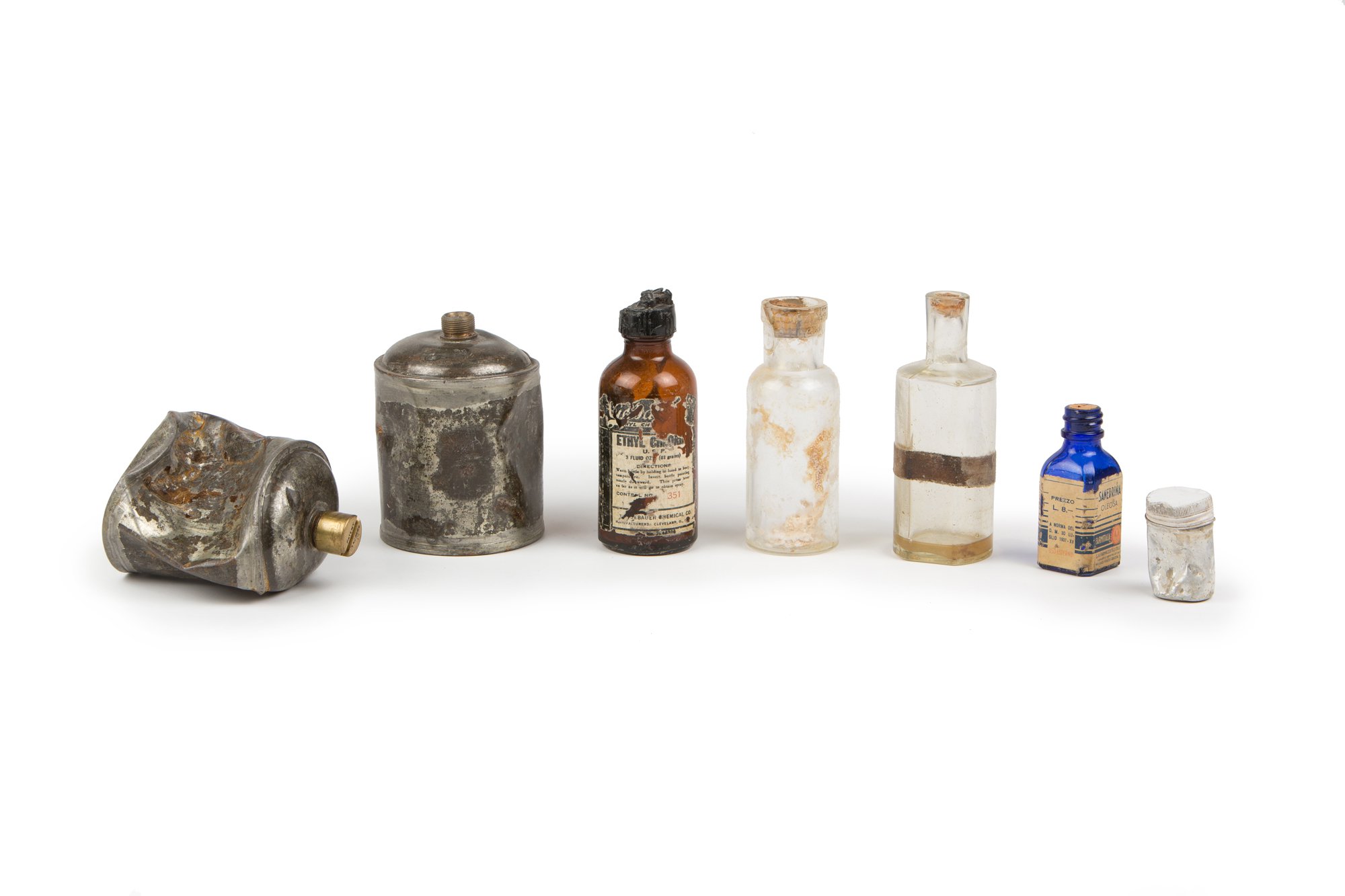
The Geological Collection of the Idrija Municipal Museum consists of 2,900 units and slightly more than 700 are exhibited in the permanent exhibition called “Five Centuries of the Mercury Mine and the Town of Idrija”. The collection contains: rocks, fossils and minerals from ore deposits in Idrija mine, the Idrija and Cerkno regions and elsewhere. Ores have a special place in the collection, representing different ways of mineralisation of the Idrija basin, and thus the formation of the Idrija mercury deposit.
The specimens of some rare cinnabar ores (so-called karoli-ore) and unique sedimentary ores give the collection wider international significance. The Geological Collection of the Idrija Municipal Museum is the result of the work of individual amateur collectors, museum staff and planned work of geologists, employees of the Idrija Mercury Mine. It is evidence of the 160-year systematic researching of the Idrija ore deposits and surroundings, and also indirect research of 500 years of mining heritage of Idrija.
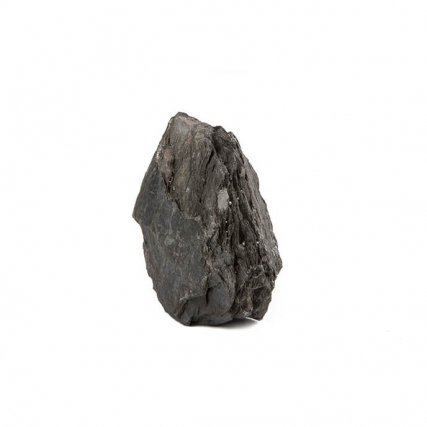
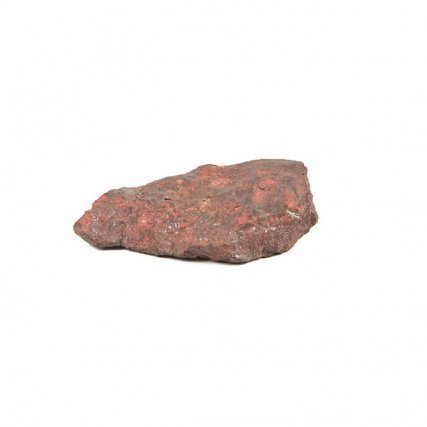
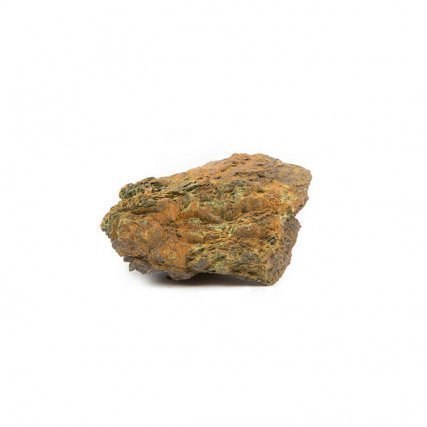
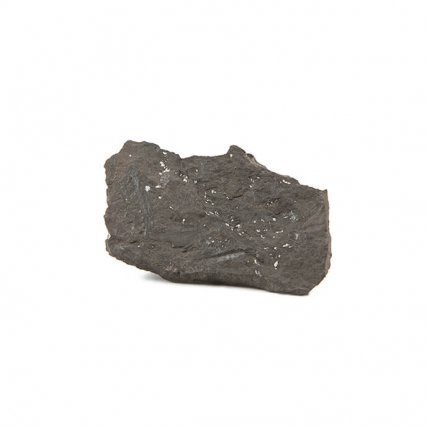
The specimen is the speciality of the Idrija ore deposits. The surface of the piece of slate contains visible drops of mercury the rock is excreting in a native form. The Idrija mine produced 12 million tons of ore, 30% of which was native mercury.
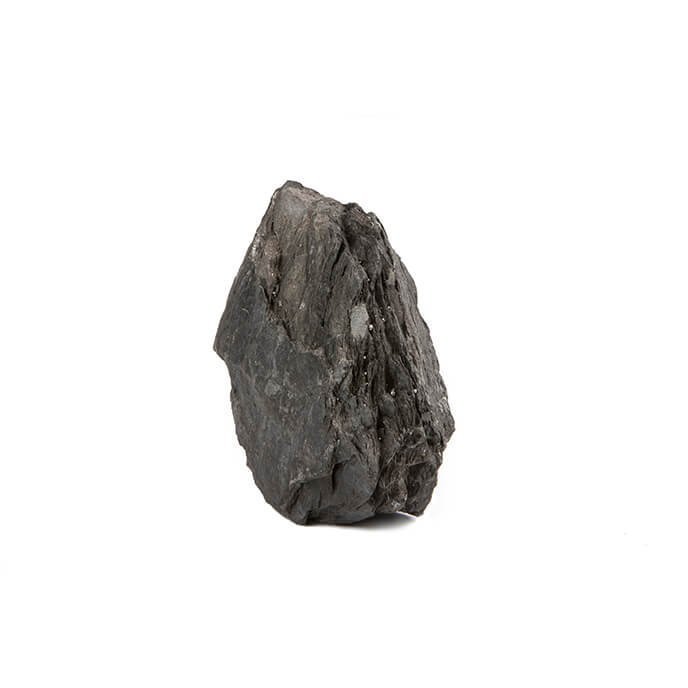
A liver ore is a cinnabar ore (HgS mercury sulfide), which is richly mineralised with mercury. It is dark red in colour (like liver) and this is where its name comes from. The specimen contains over 40% mercury.
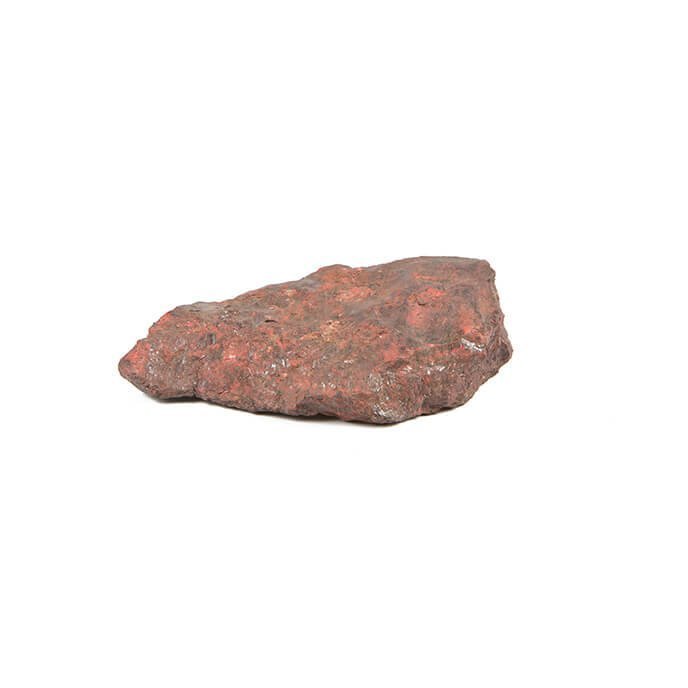
It is a rare organic greenish-yellow mineral with the chemical formula C22H14 that glows in a bluish light when illuminated by an ultraviolet light. The first to describe it was a researcher, Janda in 1892 in its typical deposit in Idrija. It was also called “flammable cinnabar” as a result of its flammability.
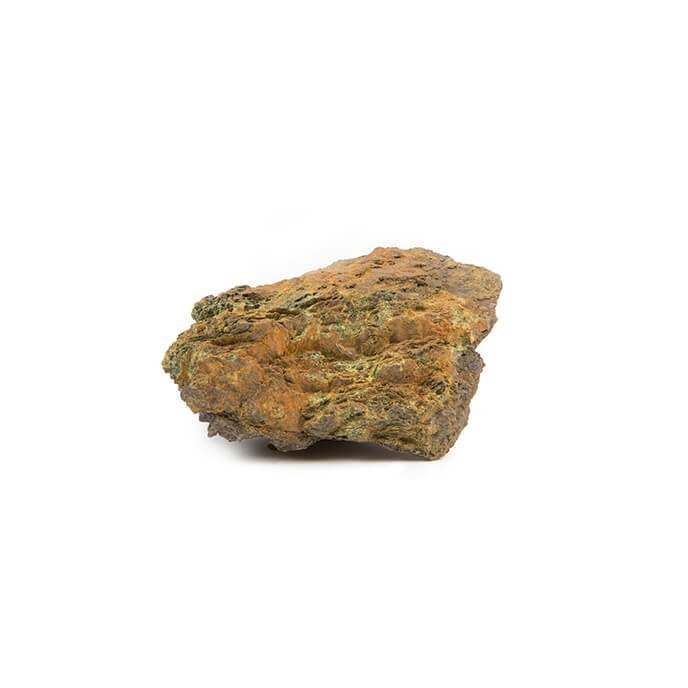
A horsetail fossil in a typical black bituminous mudstones from the triassic period was found in the Idrija mine. It’s one of the specimens that the museum keeps in the so-called Lipold Collection within the mine Geological Collection. Marko Vincenc Lipold was geologist who created an exceptional collection between 1853–1867 in the Idrija Mercury Mine with a wide range of 526 units of rocks, fossils, minerals and ores. This is one of the oldest and diverse such collections in Slovenia with great historical value.
